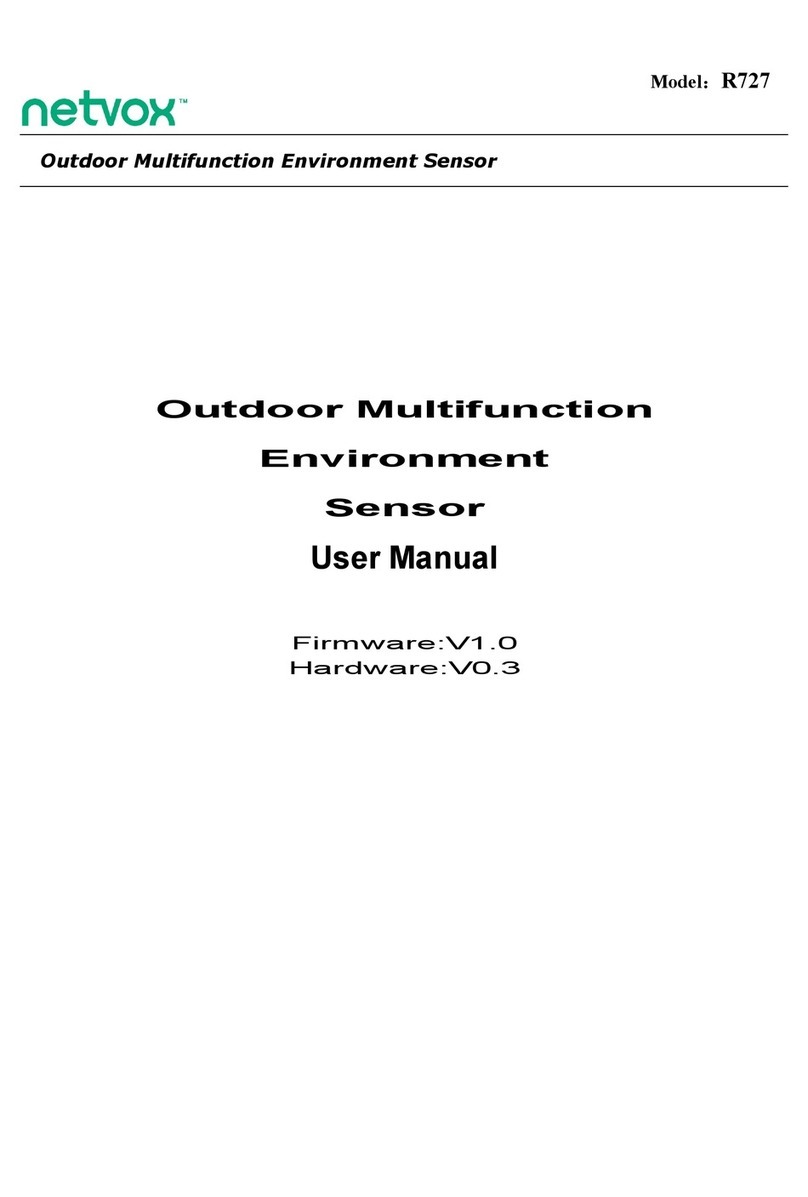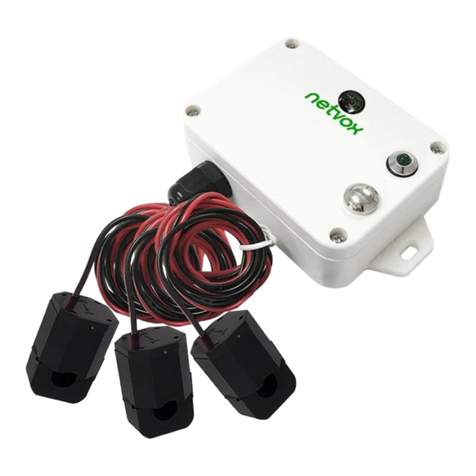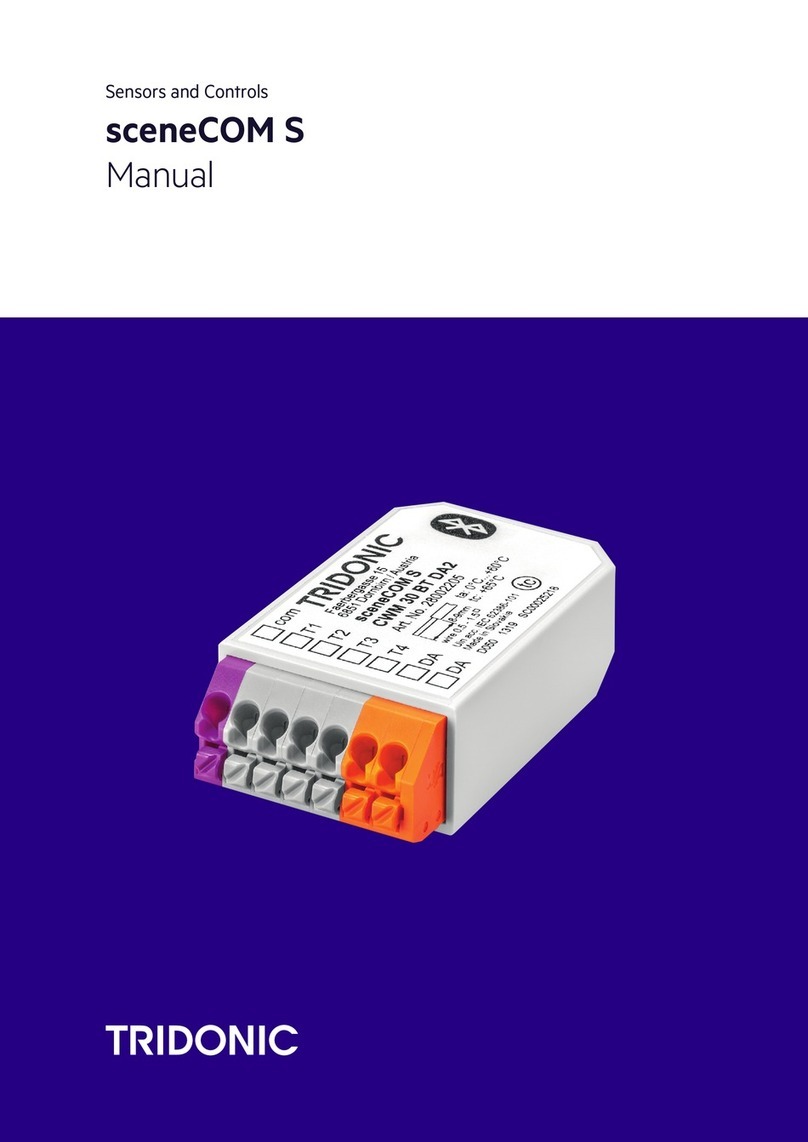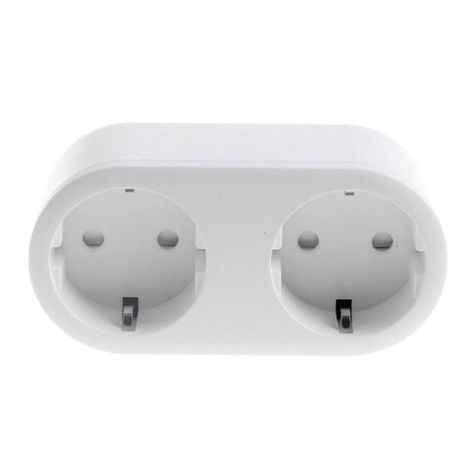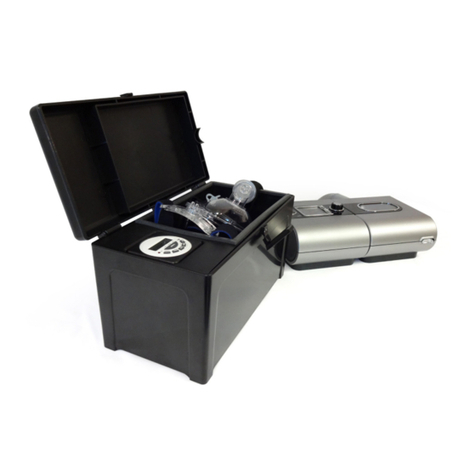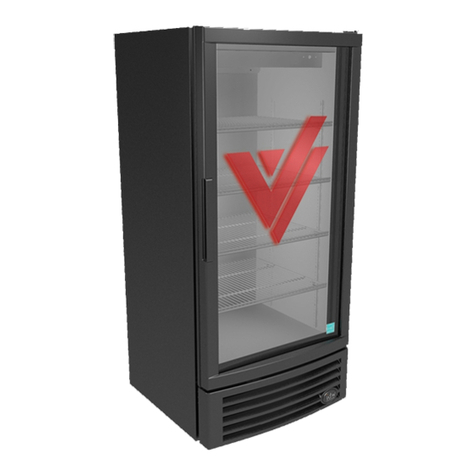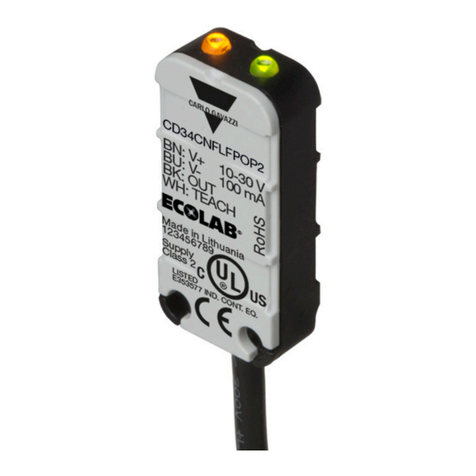netvox R718EA User manual













Other manuals for R718EA
1
Table of contents
Other netvox Accessories manuals
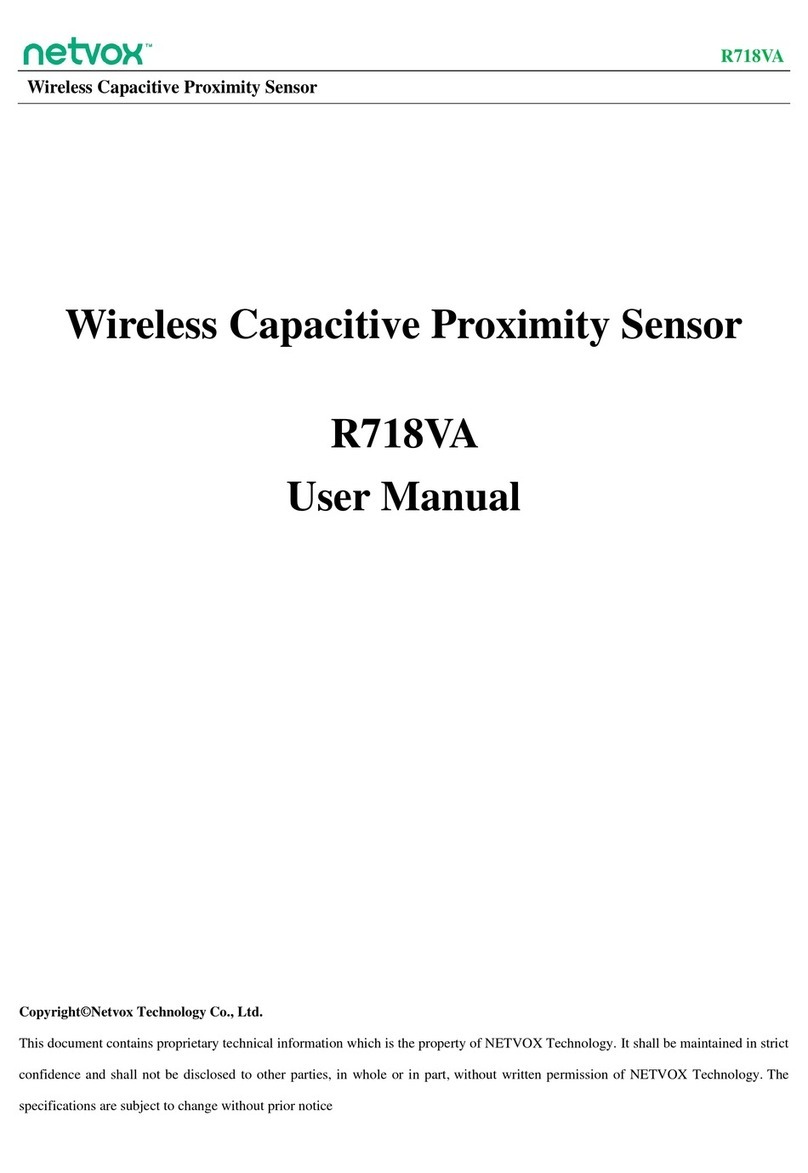
netvox
netvox R718VA User manual
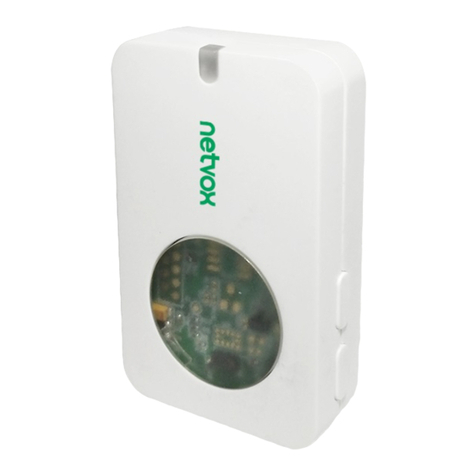
netvox
netvox R311LA User manual
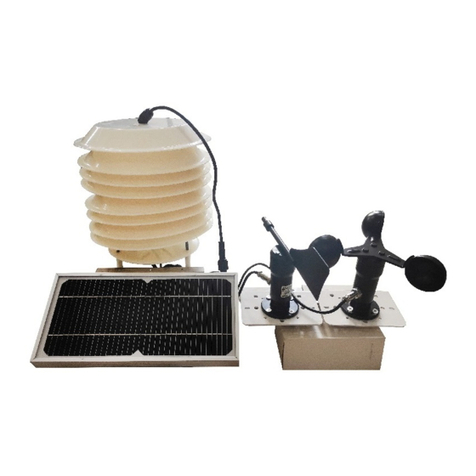
netvox
netvox RA0730 User manual
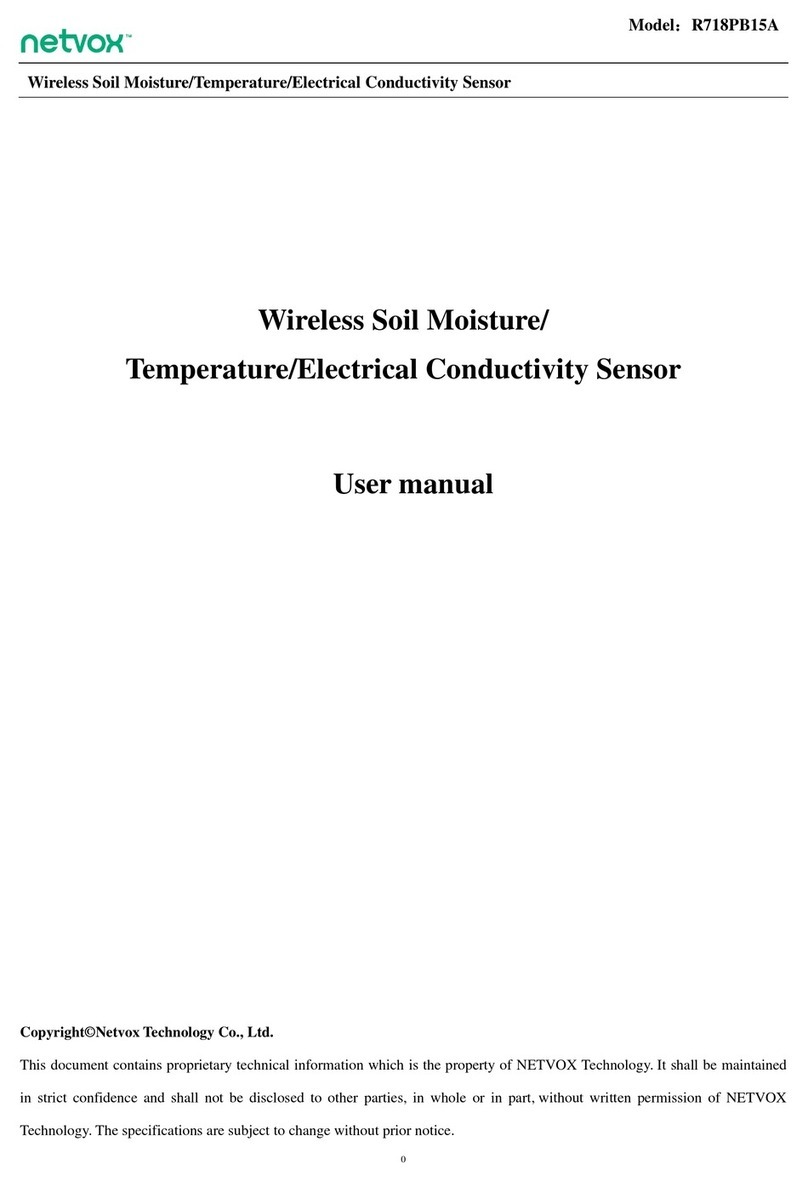
netvox
netvox R718PB15A User manual
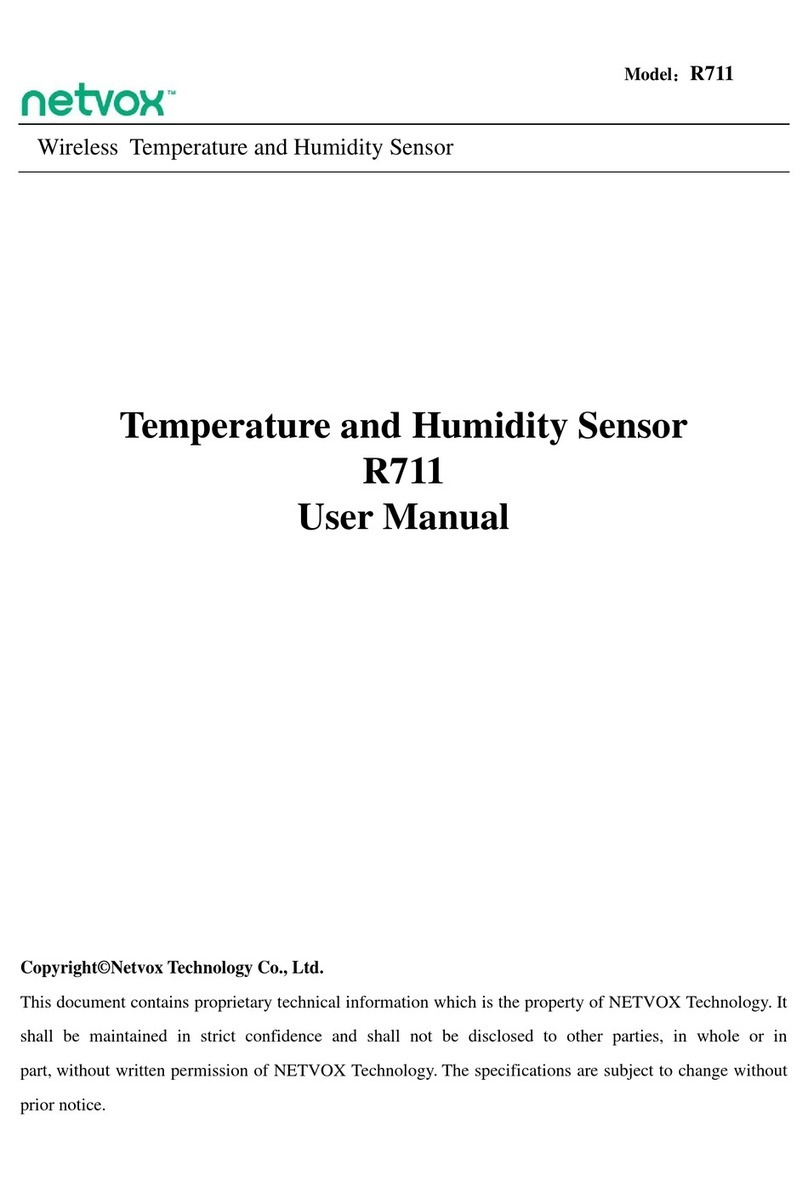
netvox
netvox R711 User manual
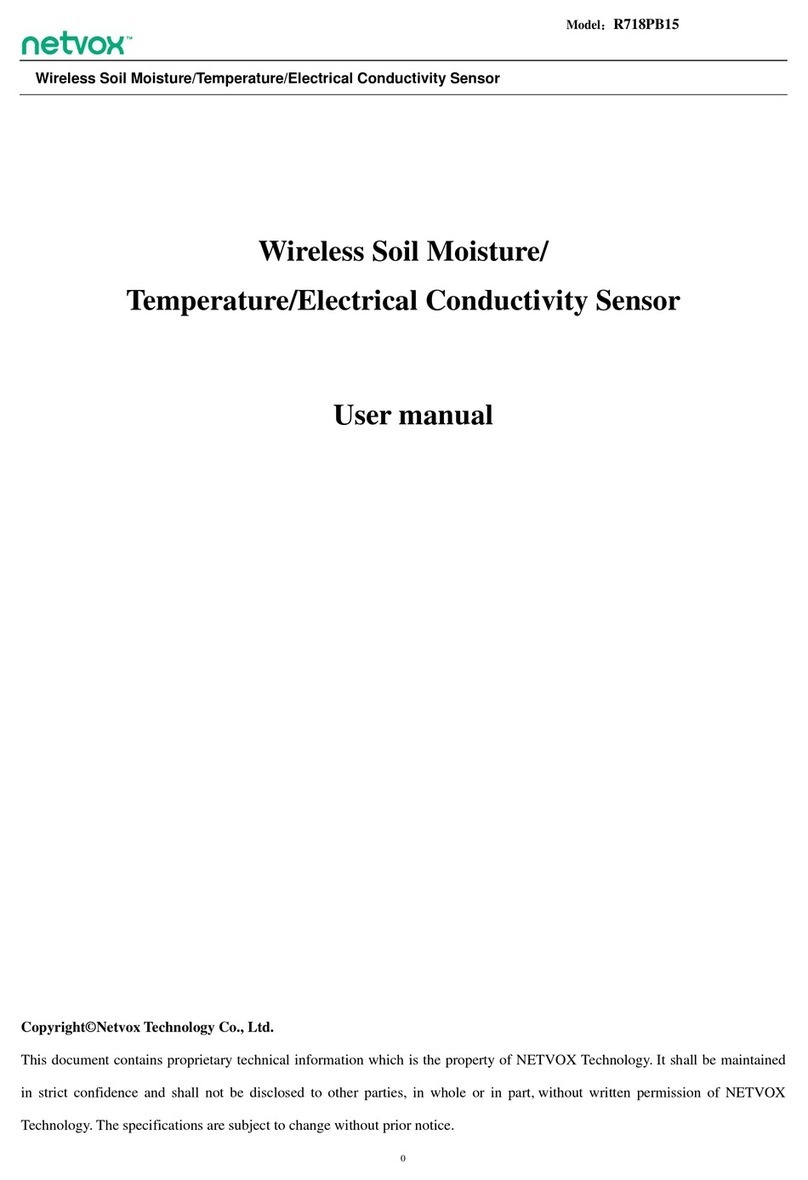
netvox
netvox R718PB15 User manual
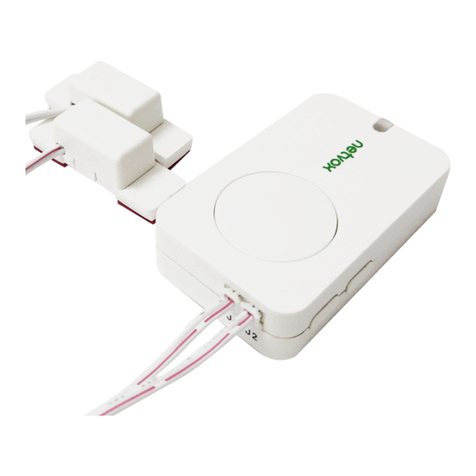
netvox
netvox R311FA User manual
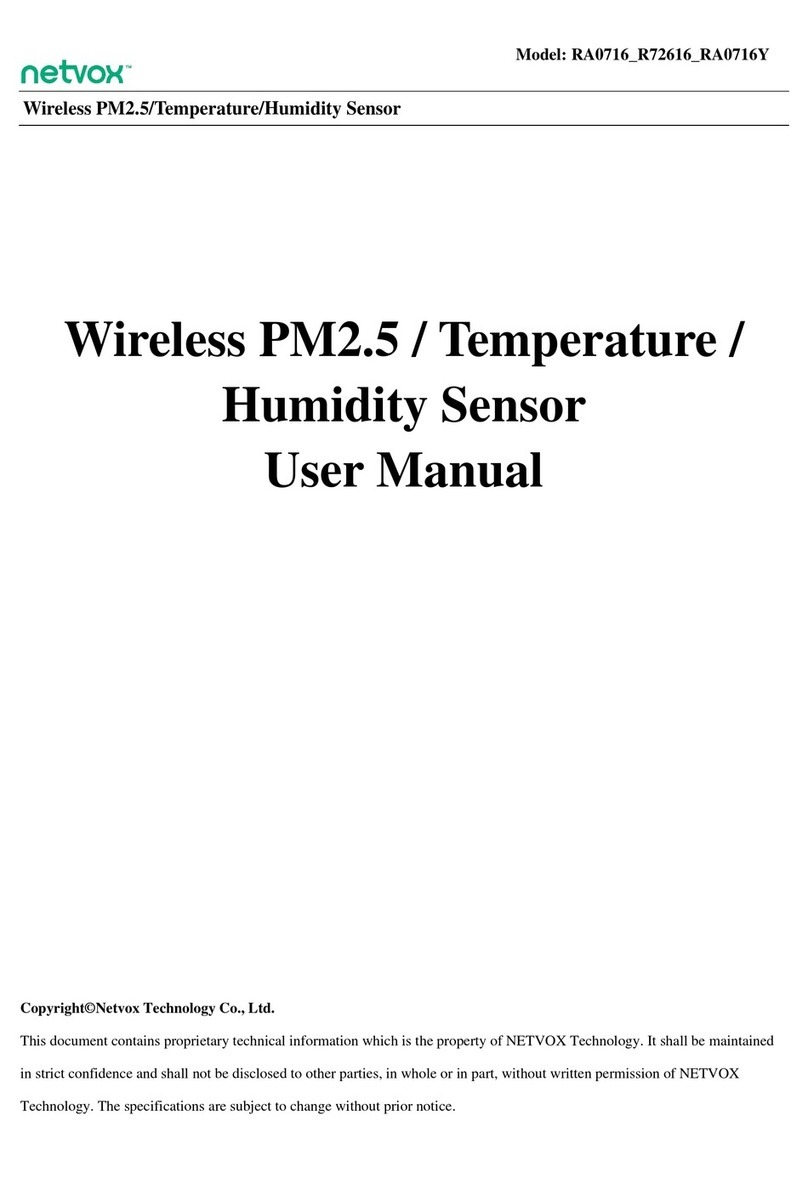
netvox
netvox RA0716 User manual

netvox
netvox R718PB13 User manual
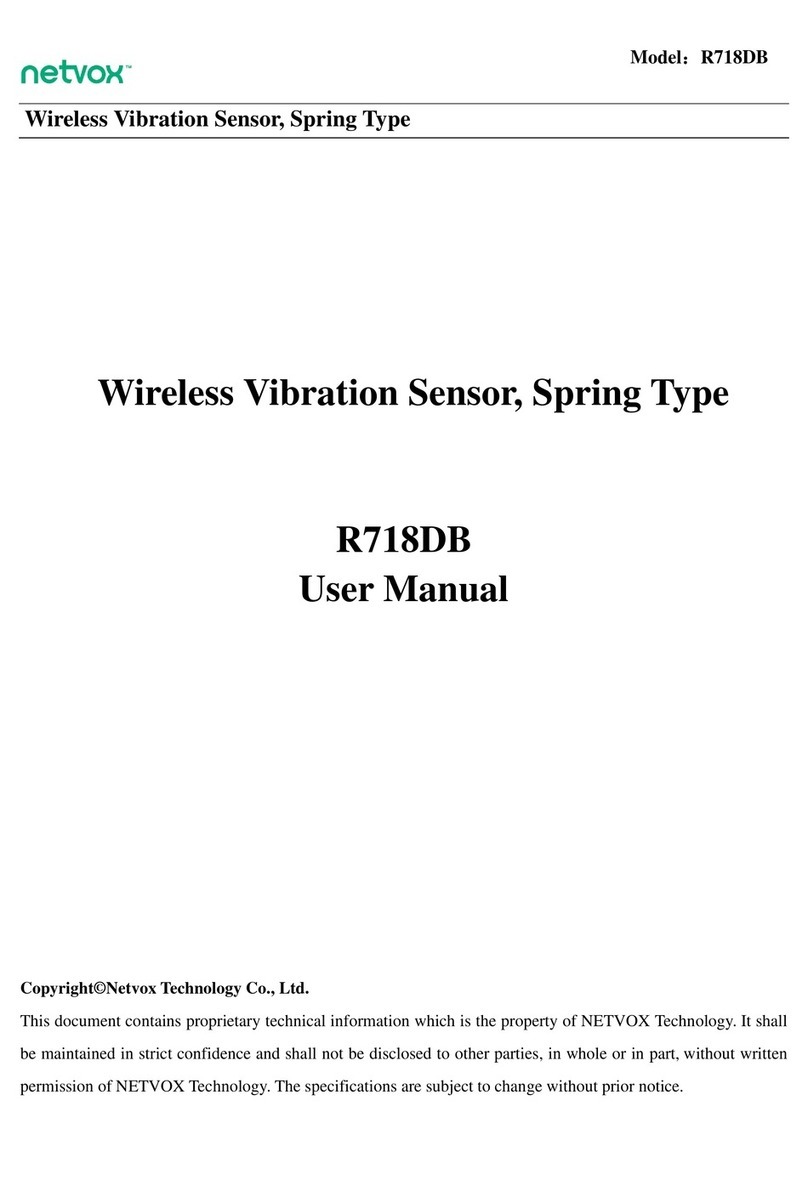
netvox
netvox R718DB User manual

netvox
netvox RA0701 User manual

netvox
netvox RA02C User manual
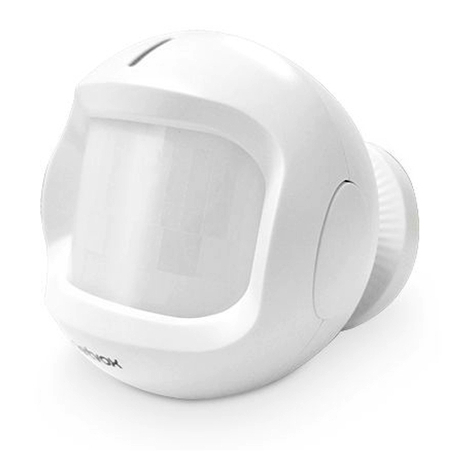
netvox
netvox RB11E User manual

netvox
netvox R718DB2 User manual

netvox
netvox R718PQA User manual
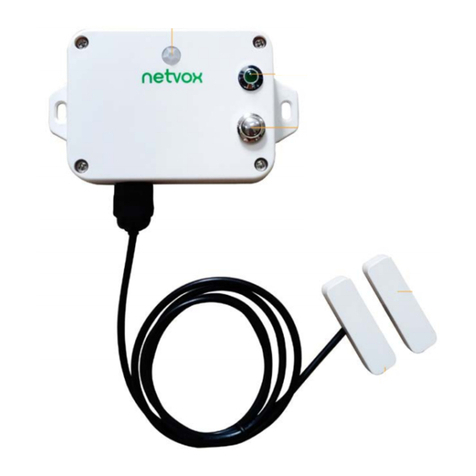
netvox
netvox R718PQA User manual
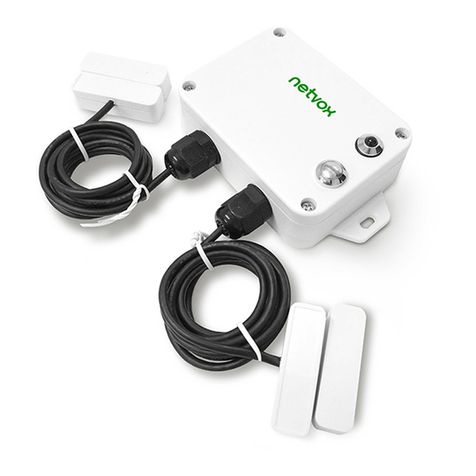
netvox
netvox R718F2 User manual
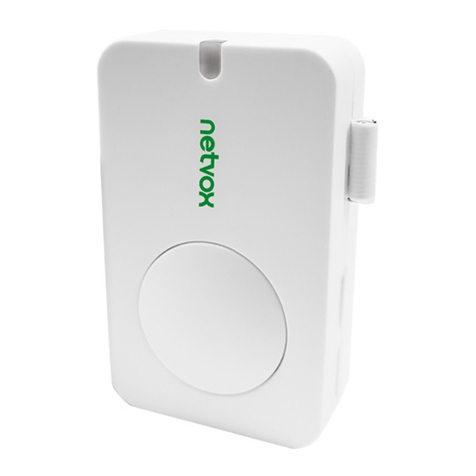
netvox
netvox R313DA User manual
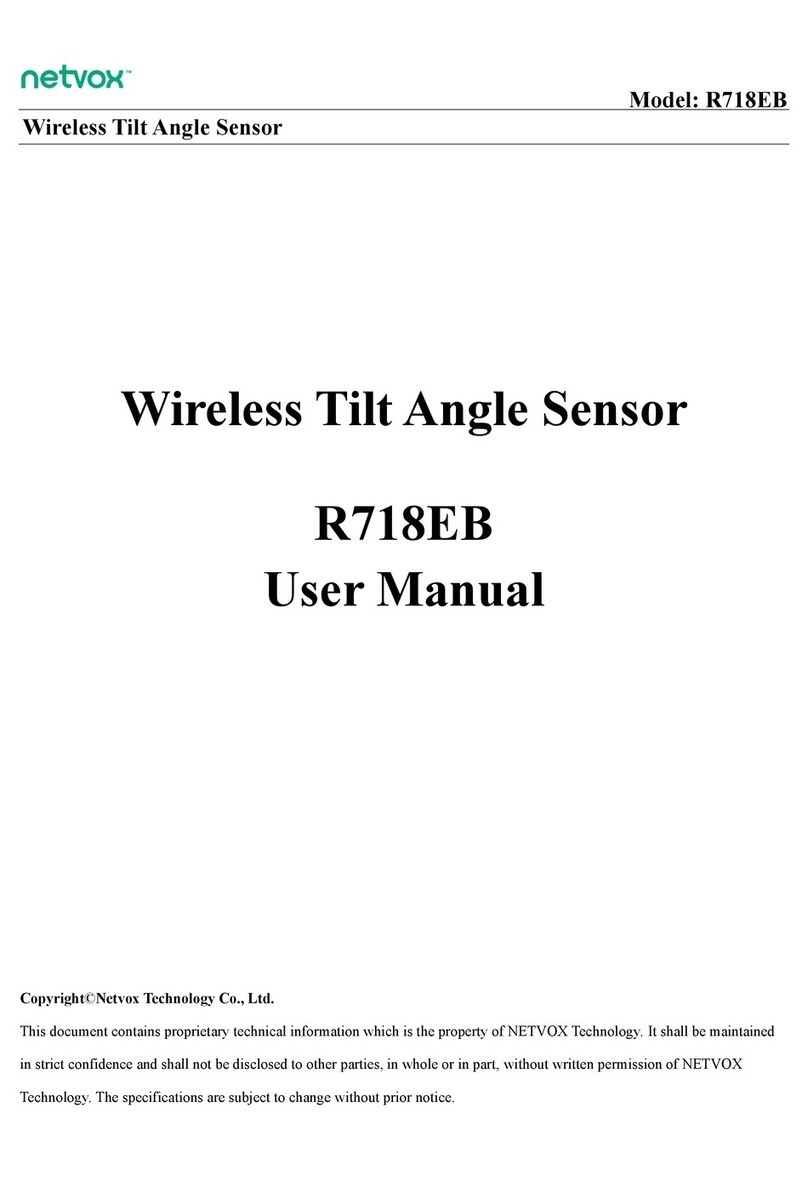
netvox
netvox R718EB User manual

netvox
netvox R72616A User manual
Popular Accessories manuals by other brands

JBL
JBL Endurance Race quick start guide
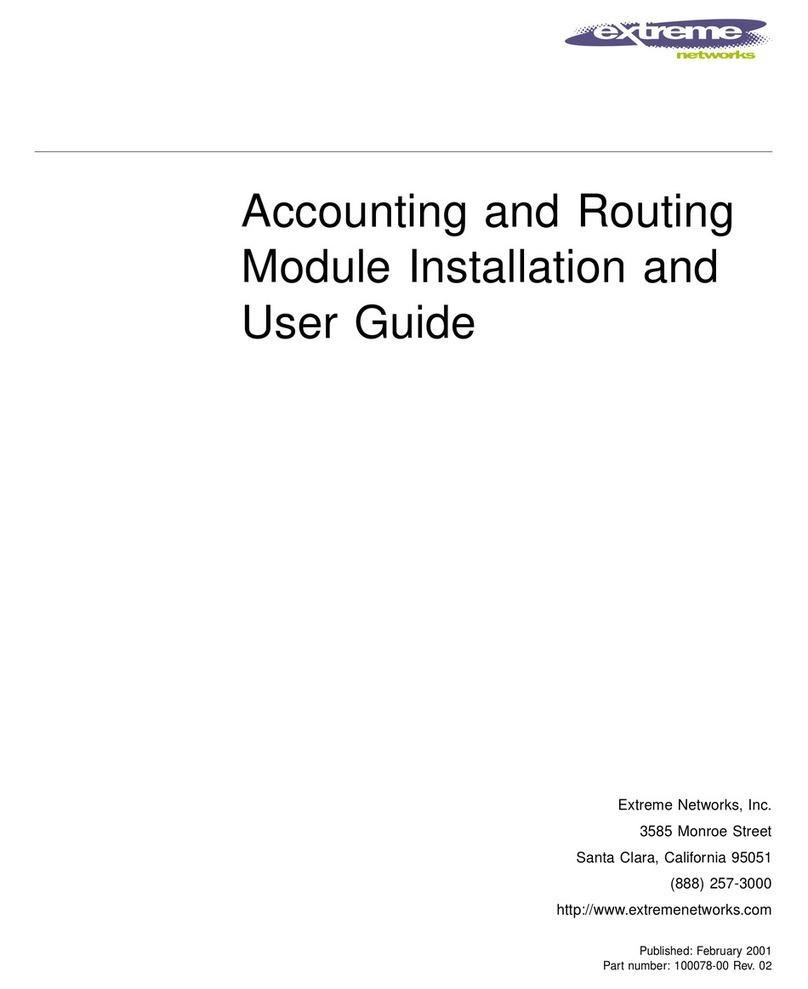
Extreme Networks
Extreme Networks BlackDiamond 6800 Installation and user guide
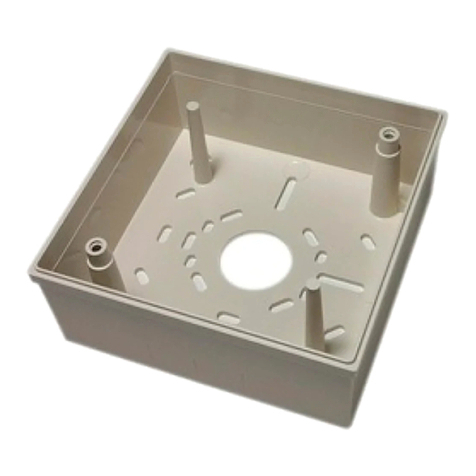
System Sensor
System Sensor SMB500 Installation and maintenance instructions

EUPRY
EUPRY P4P user guide
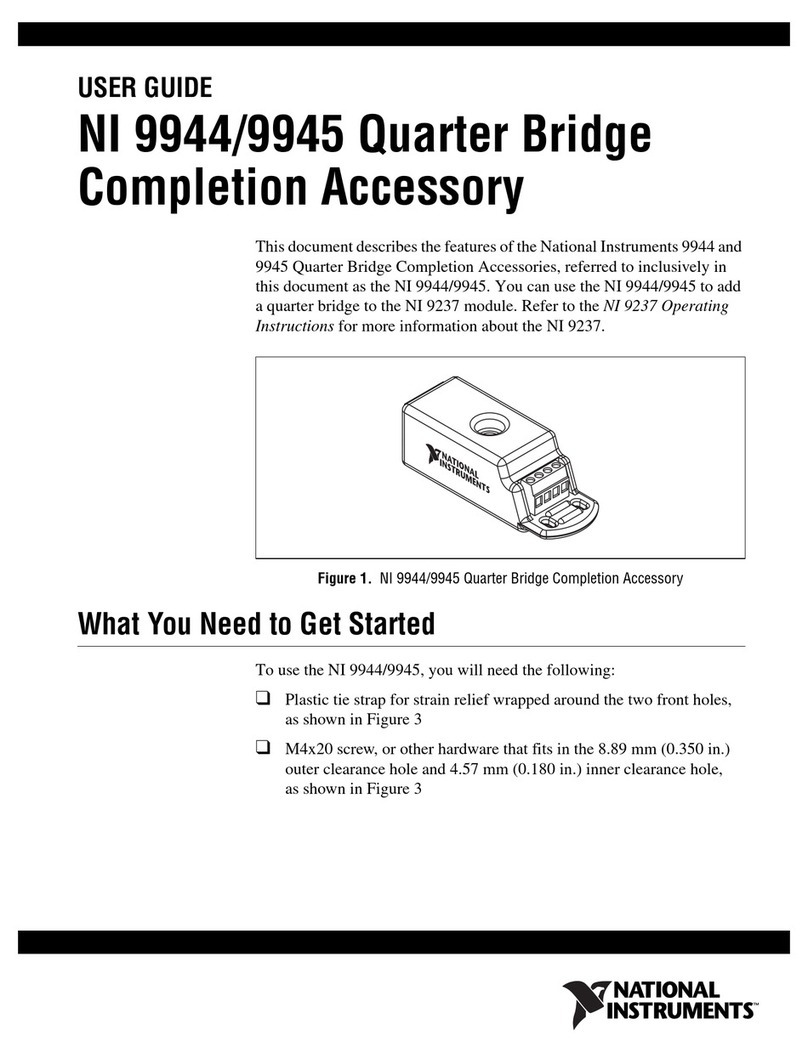
National Instruments
National Instruments NI 9944 user guide
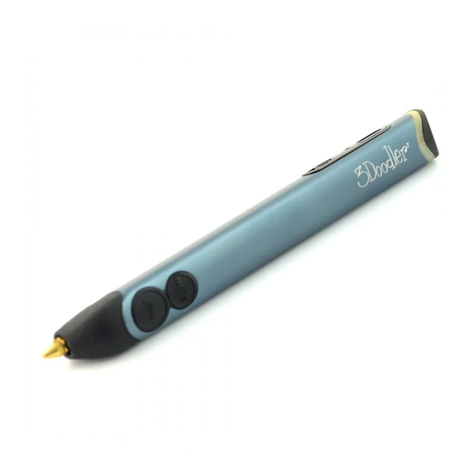
3Doodler
3Doodler Create+ user manual

